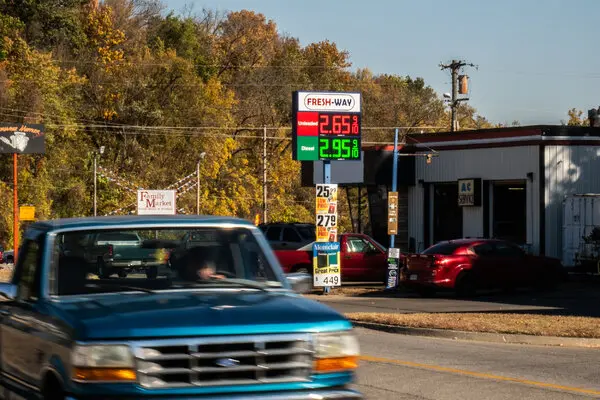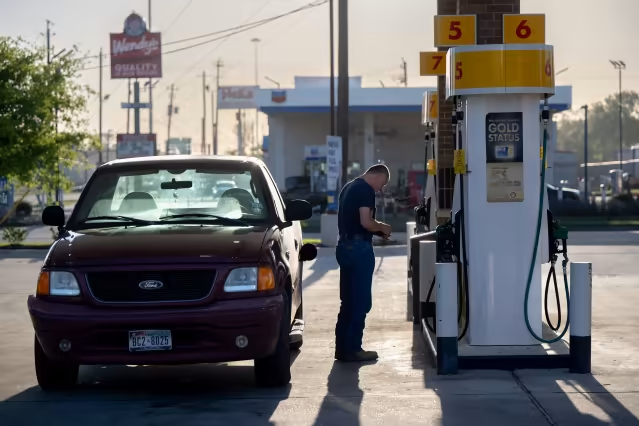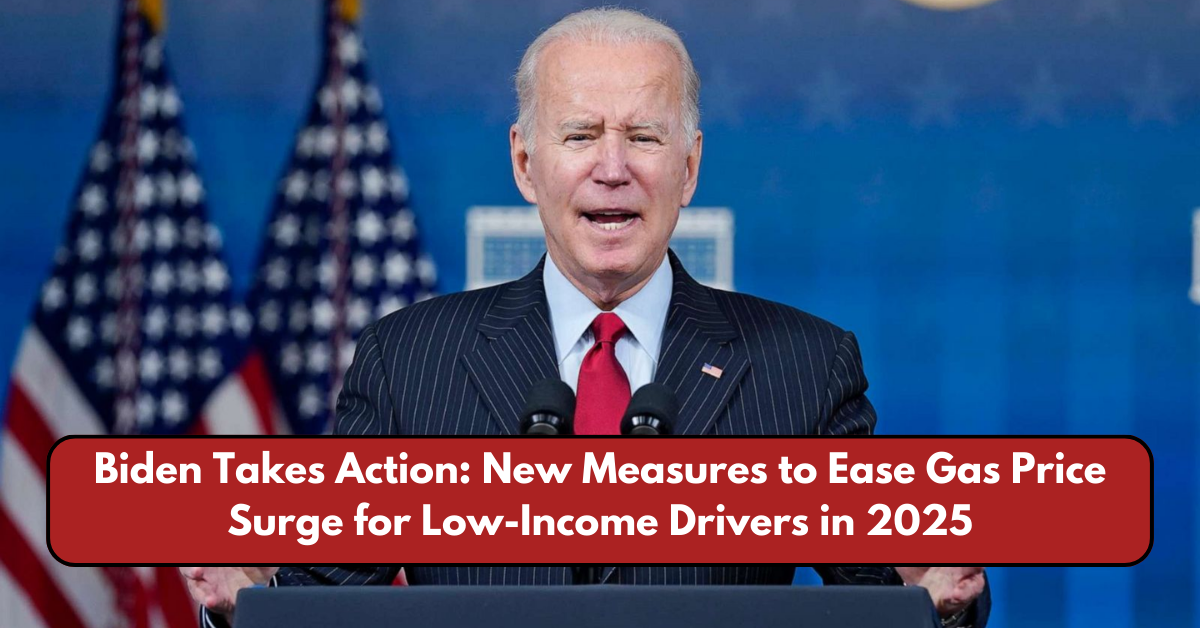As gas prices continue to rise in 2025, many Americans are feeling the financial strain at the pump. While rumors of a $500 relief payment for low-income drivers have circulated, there is no official confirmation of such a program. However, the Biden administration has introduced several initiatives aimed at easing energy costs for households, including fuel and home energy expenses.
Rising Fuel Costs and Economic Pressure
Gas prices have been fluctuating due to a combination of geopolitical instability, supply chain disruptions, and inflationary pressures. According to recent reports, the average price of gasoline has surpassed previous years, impacting millions of drivers across the country.
For low-income families, the rising cost of fuel has made commuting to work, school, and essential services more expensive. The administration has responded by reinforcing existing relief programs and introducing tax incentives to help alleviate some of these financial burdens.
Existing Government Assistance for Energy Costs
While a direct $500 relief payment for low-income drivers has not been announced, the Biden administration has allocated funding for multiple programs to assist struggling households with energy expenses.
Low Income Home Energy Assistance Program (LIHEAP)
One of the key programs in place is the Low Income Home Energy Assistance Program (LIHEAP), which provides financial assistance to help families cover energy costs, including heating and cooling expenses. The program has been expanded under the administration’s proposed 2025 budget to allow states to allocate funds for water bill assistance as well.
For more details on eligibility and application processes, visit the official LIHEAP website.
Energy Efficiency Incentives

To help reduce long-term energy costs, the federal government offers tax credits and rebates for homeowners who make energy-efficient upgrades. Under the Inflation Reduction Act, families can receive incentives for improvements such as installing insulation, energy-efficient doors and windows, and heat pumps. These measures can lead to an average of $500 in annual energy savings per household.
More information on these energy-saving programs is available on the White House’s cost-lowering initiative page.
Clean Vehicle Tax Credits
For drivers looking to transition to electric or hybrid vehicles, the administration has maintained and expanded clean vehicle tax credits. Individuals can receive up to $7,500 for purchasing a new clean energy vehicle and up to $4,000 for a used one. Additionally, there is a $1,000 incentive for installing home charging stations.
These incentives aim to reduce fuel costs in the long run by promoting energy-efficient transportation options. Details on eligibility and vehicle qualifications can be found at the IRS website.
Calls for Direct Relief
While many welcome these long-term measures, some advocacy groups are calling for immediate relief for drivers struggling with the rising cost of gasoline. Several lawmakers have proposed targeted rebates or direct cash assistance similar to stimulus payments issued during the COVID-19 pandemic.
Policy experts suggest that a direct fuel subsidy or gas rebate program could provide quicker relief to low-income Americans who rely on their vehicles for work and daily necessities. However, no such proposal has gained enough traction in Congress for immediate implementation.
What Comes Next?
As fuel prices continue to fluctuate, the Biden administration remains focused on expanding energy assistance programs and encouraging a transition to renewable energy solutions. While a direct $500 payment for gas expenses has not been announced, drivers can still benefit from available tax credits, rebates, and assistance programs designed to lower overall energy costs.
For individuals struggling with energy expenses, it is essential to explore existing federal and state-level resources. More information on available government assistance programs can be accessed through the official U.S. government benefits website.
Conclusion

The impact of high gas prices on low-income Americans remains a pressing issue. While there is no standalone $500 gas relief payment, the Biden administration has implemented multiple measures to help offset energy costs. As the government continues to explore potential solutions, drivers are encouraged to take advantage of tax credits, rebates, and assistance programs to help navigate rising expenses.
This article has been carefully fact-checked by our editorial team to ensure accuracy and eliminate any misleading information. We are committed to maintaining the highest standards of integrity in our content.

Premlata is a seasoned finance writer with a keen eye for unraveling complex global financial systems. From government benefits to energy rebates and recruitment trends, she empowers readers with actionable insights and clarity. When she’s not crafting impactful articles, you can find her sharing her expertise on LinkedIn or connecting via email at [email protected].




